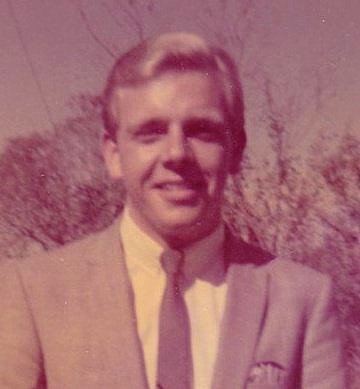By Rene Torres
Before you read about playground baseball, allow me to share a fictional story about a little boy who dreamt of becoming a hero:“If only I could hit the ball, it would be a cinch,” said the little boy to himself.
He was known to swing for the fences and often, when failing, stared at his bat in disgust.
I’m talking about “Little Johnny Strikeout,” a boy who dissolved into tears every time his teammates mocked him as he swung like a rusty gate.
But soon things changed. . .
One day after practice as he sat crying at a park bench, he heard a distant voice telling him not to give up.
The mysterious voice offered the following advice: “Keep your eye on the ball and swing level at all times.”
Little Johnny heard that same voice again as he stepped up to the plate with two outs and the game on the line.
“Hit’em where they ain’t,” the voice said.
Johnny listened to the voice and followed through with a mighty swing, causing the ball to clear the fence with room to spare.
After the game, when a stranger approached him to offer congratulations; it was that same familiar voice.
“Just a minute mister,” Johnny countered.
“Who are you?"
The man responded, “I’m Joe DiMaggio.”
By 1936, many kids wanted to be like Joe D and, in order to create more heroes like him, the Brownsville Playground League made some rules changes.
Depression Era Diamond Heroes...
Being that the city playground league had too many “Little Johnny’s,” it was time to change the rules of pitching.
According to playground baseball officials, the game was for kids to have fun so no more deceiving the batter with illegal pitching deliveries.
Playground baseball in Brownsville in 1933 would see a major change on how the game was played.
The local committee that monitored the league said, “The game was designed as a hit-and run affair.”
The new rule will compel hurlers to keep their shoulders parallel to the front of the plate during the delivery of the ball.
League officials insisted that fans wanted to see more hitting and fewer strikeouts.
The hurler would now take aim at the bat and toss the ball, rather than throwing it; curbing “strikeout pitching.”
An infraction of this rule would be to call the pitch a ball, providing the batter didn’t swing at it.
Along with pitching changes, the fans would see more hitting, faster fielding and better playing conditions.
And how was the lighting, you ask?
According to the main characters, the kids; “not as good as it should be.”
After the floodlights were improved, this led to better playing. With additional lighting — they could now see beyond their feet, inducing a whirl of spectacular plays and curbing dropped fly balls.
Gloves were optional, as these were trying times.
Some kids showed up with no gloves. Others had homemade ones and the fortunate few, used a genuine cowhide/horsehide glove.
As part of the improvement plan, new bleachers adorned the field at West Brownsville. With this addition, the league could now charge 5 cents admission for adults.
Beyond the bleachers, better parking arrangements were provided for fans that preferred to watch the games from their cars.
With all the intangibles in place, the league progressed without a hitch.
Although the boys did not make the sports newsreels of the day, they did contribute to the much-needed entertainment of the period.
Maury Allen, biographer, when writing about baseball of the 1930s said, “baseball then was the unifying force in American life.”
It was played in every lot, every farm and every city. And within this region, it was also played by kids that lived at the Farm Security Administration Camp in Weslaco.






.jpeg)


.jpeg)


.jpg)



.jpeg)


.jpeg)
.jpeg)







.jpg)


.jpg)
.jpg)
.jpg)
.jpg)
.jpg)
.jpg)
.jpg)
.jpg)
.jpg)



.png)
